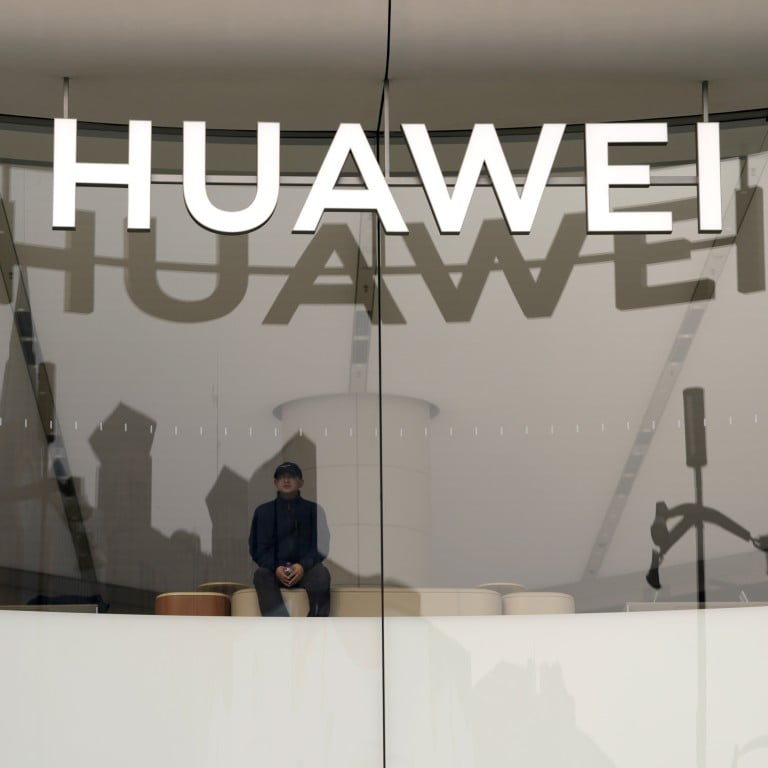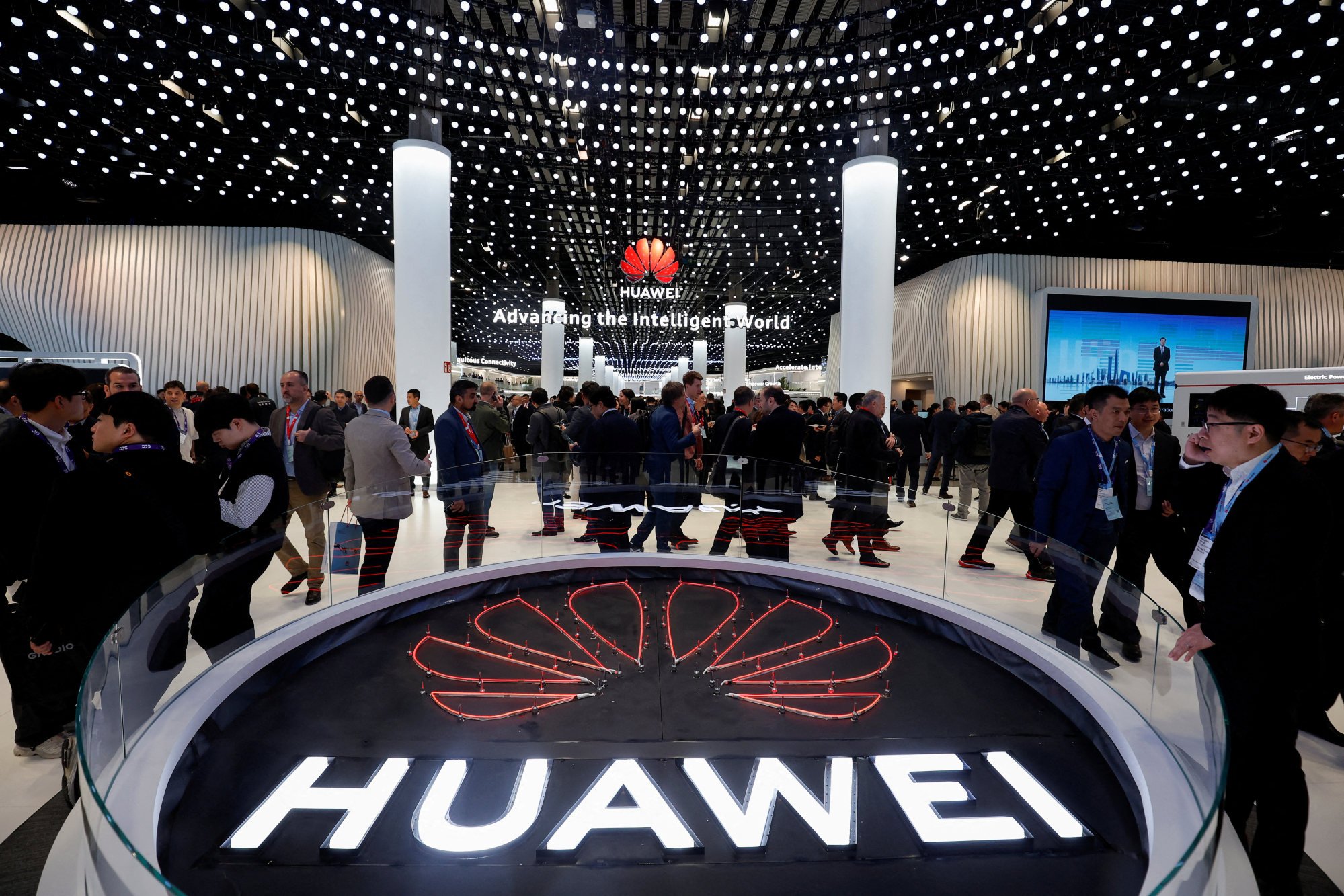
Huawei’s 2023 profit more than doubles, as a sales rebound helps tech giant hack a profitable path out of US sanctions
- The privately held firm recorded a 9.63 per cent increase in revenue to US$97 billion in 2023, while profits surged 144.5 per cent year on year
- Company executives skipped this year’s annual results press conference, a tradition dating back to 2013
Huawei Technologies’ 2023 net profit more than doubled, as rising sales of its mainstay telecoms equipment and a comeback in consumer products – funded by a record R&D budget – helped the privately held company hack a profitable path out of restrictive US sanctions.
The Shenzhen-based firm’s 2023 revenue grew 9.6 per cent to 704.2 billion yuan (US$97 billion), Huawei said in its annual report released on Friday. Sales of information and communications (ICT) technology infrastructure grew by 2.3 per cent to 362 billion yuan, making up half of the revenue.
Net profit for the year soared to 87 billion yuan, up 144.5 per cent from 2022, partly due to recurring gains from its sale of budget smartphone unit Honor and other assets. Profit margin was 12.4 per cent in 2023, compared to a historical low of 5.5 per cent in 2022.
One of the strongest growth sectors was Huawei’s cloud computing business, which expanded 21.9 per cent last year to 55.29 billion yuan. Huawei’s consumer business, including its flagship Mate 60 smartphones and its co-developed Aito electric cars, recorded a 17.3 per cent increase to 251.5 billion yuan in 2023.
US said to weigh sanctions against Huawei’s secretive chip supply network
It was the first growth posted for the consumer business since 2021, after the US government tightened its restrictions against Huawei’s access to advanced semiconductors developed or produced using US technology, effectively crippling its smartphone business.
While Huawei is private, it has voluntarily disclosed key financial data since 2000. However, company executives skipped this year’s annual results press conference, breaking from a tradition that started as far back as 2013.
“The company’s performance in 2023 was in line with forecast,” Ken Hu Houkun, Huawei’s rotating chairman, said in a statement. “We’ve been through a lot over the past few years. But through one challenge after another, we’ve managed to grow.”
This year, Huawei will keep investing in technology and open innovation to help different industries modernise, the company said. Its research and development expenses in 2023 reached a record high of 164.7 billion yuan, compared with 161.5 billion yuan the previous year.

However, Huawei is not backing away from further advances in the smartphone industry. The company said it will resume its pace of launching flagship smartphones, which include the Mate series and P series.
Huawei injects fresh capital into investment subsidiary as growth resumes
On its ICT infrastructure segment, the company expects to benefit from the digital transformation of traditional industries and upgrades to 5G-Advanced networks.
Huawei expects 2024 to see the first commercial use of 5G-Advanced, which promises speeds of 10 gigabits per second on 5.5G networks, up from the current 1Gbps, enabling the adoption of connected cars and generative artificial intelligence.
Its digital power business, in which Huawei helps customers transform to greener energy, grew 3.5 per cent to 52.6 billion yuan in sales.

